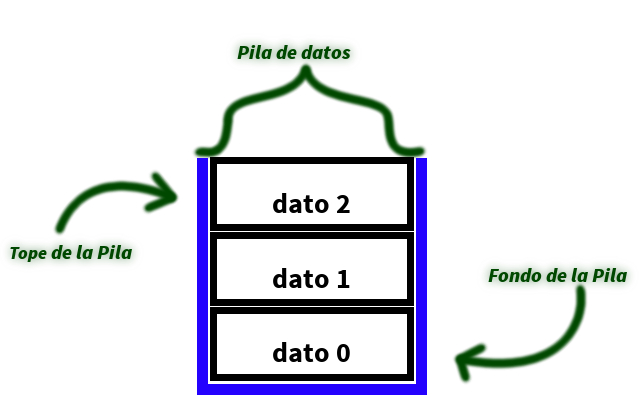Unlocking Efficiency: Understanding Stacks in Data Structures
Imagine a stack of plates. You can only add a plate to the top and remove one from the top. This simple yet powerful concept forms the basis of a stack, a fundamental data structure in computer science.
In the realm of programming, data structures are the building blocks we use to organize and store information. Among them, the stack stands out for its elegant simplicity and wide-ranging applications. Its "Last-In, First-Out" (LIFO) principle, mirroring the plate analogy, dictates how data is added and retrieved.
The history of stacks can be traced back to the early days of computing. Polish mathematician Jan Łukasiewicz is credited with formalizing the concept in the 1920s as a tool for evaluating mathematical expressions. Since then, stacks have become an indispensable part of computer science, playing a crucial role in various algorithms, memory management, and programming languages.
One of the key issues that stacks address is the efficient management of function calls in programming. When a program calls a function, it needs a way to remember where to return once the function is finished. This is where stacks come in handy. They provide a structured way to store the return addresses, parameters, and local variables of functions, ensuring that the program flow is maintained correctly.
But the utility of stacks extends far beyond function calls. They are used in a multitude of scenarios, from backtracking algorithms in search problems to parsing expressions, reversing data, and even implementing undo/redo functionality in software. Understanding stacks is therefore fundamental for any aspiring programmer or computer scientist.
Let's delve deeper into some practical examples. Imagine you're building a text editor. A stack can be used to implement the undo function. Every time the user performs an action, like typing a character or deleting a word, the action is pushed onto the stack. When the user wants to undo the last action, the top action is popped from the stack, effectively reversing the change.
Another common example is the back button in a web browser. Each time you visit a new page, its URL is pushed onto a stack. Clicking the back button then pops the previous URL from the stack, taking you back to the previous page. These examples demonstrate the versatility and power of stacks in solving real-world problems.
Advantages and Disadvantages of Stacks
| Advantages | Disadvantages |
|---|---|
| Simple to implement and understand | Limited access to data (only top element accessible) |
| Efficient for LIFO operations | Not suitable for searching or sorting operations |
| Low memory overhead | Can lead to stack overflow if not managed properly |
Whether you're building complex software applications or simply seeking to understand the fundamental building blocks of computer science, grasping the concept of stacks is essential. Their simplicity, efficiency, and wide-ranging applications make them an invaluable tool in any programmer's arsenal.
Finding your next read exploring manhwa like marry my husband
Penn state harrisburg events your guide to capital campus happenings
Conquering the california dmv your guide to practice tests














